Have you ever had one of those moments where you feel just a tiny little bit like Anthony Bourdain? I had one, just last week.
It was on my latest twice a month pilgrimage to one of the local villages where my tour company has enlisted the services of families to provide meals for our guests when we tour them out that way. I had just finished unloading supplies from the trunk of my car when the lady of the house asked if I wanted to try something special.
“Acabamos de regresar del monte y recogimos estos” Marisela said. Monte is the word Yucatecans term for the local underbrush and scrub forest that covers much of the northern part of the dry, rocky peninsula. She held up a oval-shaped, flat panal which looked like a beehive except, she explained, this one was made by a particular kind of wasp. This wasp reproduces in the hive - these hang vertically from the trunks of trees - and the larvae, those white things sticking out of each of the little holes, are what one is after.
After carefully removing them from the trees, making sure not to get stung by any wasps flitting about and not breaking them, she and Leo, her husband, had put them in her plastic market bag aka her sabucan and brought them to the house. There, she lit a small fire in what is essentially a homemade barbeque grill and with the heat of the coals (no direct flame) she toasted the hives which loosens the larvae and these are pulled out, one by one and put in a bowl. And there they gather, in all their delicate, white, larva-y goodness in the bowl. A quick toasty trip across the heat of the comal, a hot metal griddle, to give them a golden, slightly crisped-around-the-edges look, and they are ready to eat. I should mention that the teen-aged boys charged with patiently picking out the larvae, their fingertips blackened from where the hive had been slightly charred, were popping them into their mouths like grapes.
Except these were most definitely not grapes.
Without overthinking it too much, I grabbed some between my thumb and forefinger, and popped about three of them into my mouth and chewed. To paraphrase a sommelier, the flavor was subtle with hints of nut, smoke and the texture was squishy between my teeth. I put the recurring thought of worms in my mouth out of my mind.
I swallowed.
Then it was time to savor the complete dish, with lime juice, tomato and onion - ceviche style - in fresh corn tortillas. It was a marvelous, simple meal. “Ni chac” said my hostess. This was the name of the dish and yes, it was something special that wasn’t available year-round. “Por las lluvias, hay muchos panales” added Leo, glancing up briefly from his work, indicating that the recent heavy rains had increased the number of hives in the monte.
While I ate, the parents, teenagers and even the littlest kids continued their work of removing the larvae from the hives and chatted in Mayan. I understood nothing except a word or two and when suddenly everyone erupted in laughter, I asked what was so funny. A family story. The ex-husband of one of the daughters, who had come to visit his children, had been offered this simple meal and had reacted angrily, claiming to be offended at having been offered such a lowly dish. They thought it was funny that the gringo was eating it while the other man had found it beneath him.
"People are generally proud of their food. A willingness to eat and drink with people without fear and prejudice… they open up to you in ways that somebody visiting who is driven by a story may not get." - Anthony Bourdain -
When someone offers you food, you accept it. With pleasure and with respect. As Bourdain pointed out, it is part of a bigger picture. And although I was not there looking for a story, it certainly brought me that much closer to the people I was sharing this food with.






